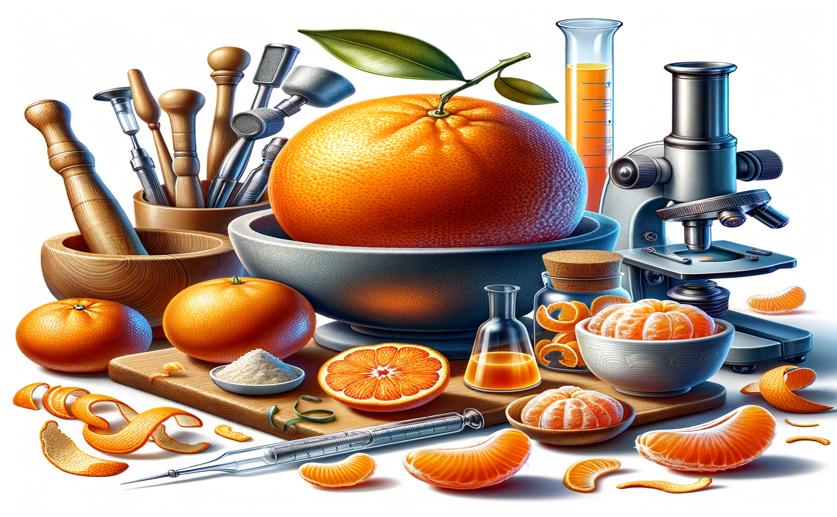
Comparing Methods for Extracting Healthy Compounds from Mandarin Peels
Greg Howard
19th July, 2024

Image Source: Natural Science News, 2024
Key Findings
- The study from Sant Longowal Institute of Engineering and Technology focused on extracting bioactive compounds from mandarin peels using various techniques
- Ultrasound-assisted extraction (UAE) was found to be the most efficient method, yielding the highest amounts of beneficial compounds like quercetin, gallic acid, hesperidin, and ferulic acid
- These compounds have strong antioxidant and anti-inflammatory properties, which are crucial in preventing cancer and other chronic diseases
References
Main Study
1) Extraction and characterization of phenolic compounds from mandarin peels using conventional and green techniques: a comparative study
Published 18th July, 2024
https://doi.org/10.1007/s44187-024-00139-y
Related Studies
2) Bioactive Compounds of Citrus Fruits: A Review of Composition and Health Benefits of Carotenoids, Flavonoids, Limonoids, and Terpenes.
3) High Biological Value Compounds Extraction from Citrus Waste with Non-Conventional Methods.
4) Comparison of different Brazilian citrus by-products as source of natural antioxidants.



 20th May, 2024 | Jenn Hoskins
20th May, 2024 | Jenn Hoskins